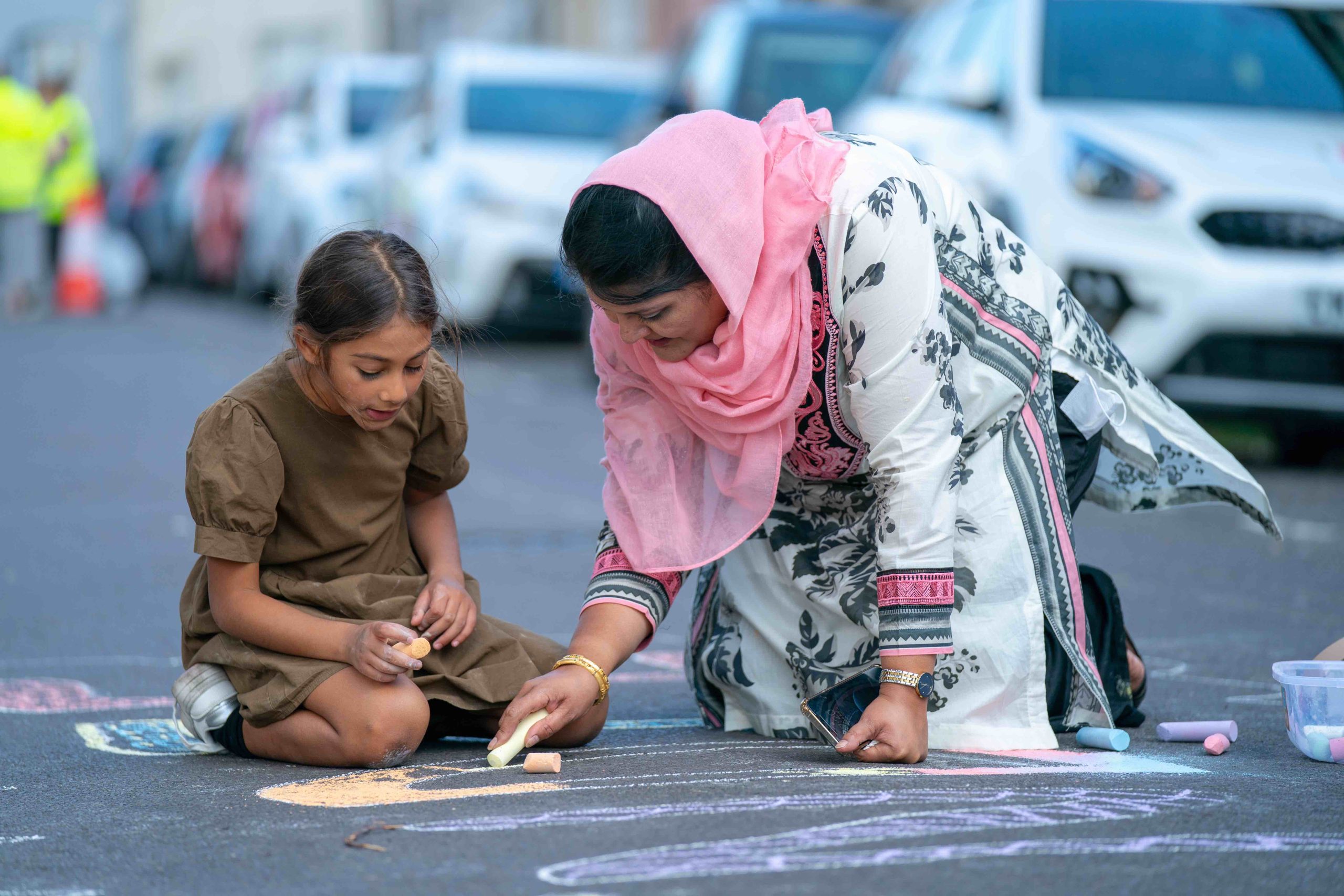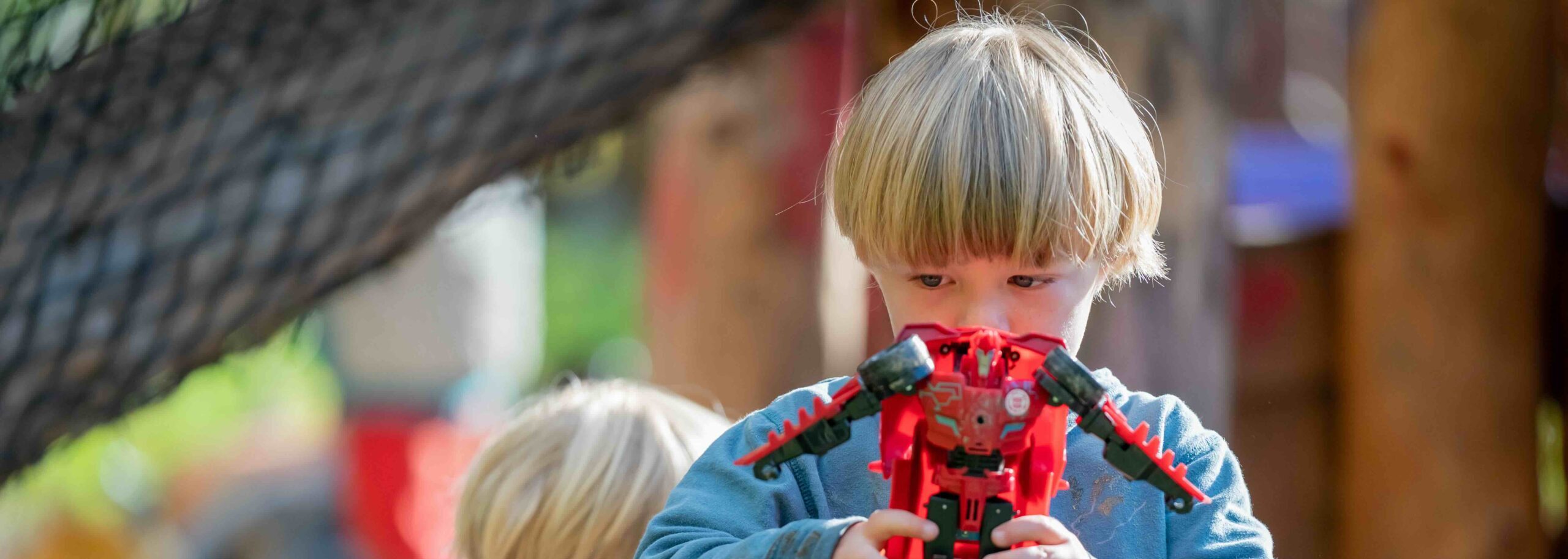All about play
Getting involved in your child’s play
When your child is playing, one of the choices they make is whether to play with someone else. Your child may naturally prefer playing alone, or in a small group, or with lots of children. This may change from time to time.
Sometimes your child will love having you involved. At other times they won’t need you at all.
In general, your child needs times when they can choose to play in different ways. For example:
- playing on their own
- playing with other children without you being involved
- playing with you.
Some of the best things about playing together are having fun and enjoying spending time together.
How do you know when your child doesn’t need you to play with them?
In general, there is no need for you to get involved if your child is playing happily and seems involved in what they are doing. Children benefit from playing independently some of the time.
How do you know when your child would like you to play with them?
Children have different ways of inviting people to play with them. Sometimes they use clues rather than giving a straightforward invitation. Your child might:
- Ask ‘Can you play with me?’
- Start doing funny things or making funny faces to get your attention.
- Start annoying you to get your attention.
- Throw a ball or toy for you to catch.
- Touch you and run away to start a chasing game.
How do you decide whether you need to get involved if they haven’t asked you?
Sometimes you might feel it would be a good idea to get a little involved and then leave them to it – for example:
- If your child seems stuck or frustrated.
- If your child is in danger of hurting themselves or someone else.
- If children in a group are treating each other unkindly or unfairly.
In these situations, you will need to use your judgement to decide whether to step in. Here are some things to consider:
- Could your child work out the problem themselves if they had more time?
- How much of a danger is there? Is it serious so that you need to step in right away? Or is there just a chance of a bump or a bruise?
- Will your child – or the children – realise there is something wrong with their behaviour if they have a chance to work it out themselves?
What can you do to help you decide?
- Stay in the background so you can watch and listen to what’s happening. This will help you decide what to do.
- Come a bit closer so your child notices you. Just knowing you are there can change the way your child is playing.
- Watch and listen for a sign that your child is asking you to get involved.
- Ask some questions to help your child move past the difficulty. For example, ‘I wonder what you could do about that?’
- Join in so you can give a bit of support in a playful way.
Playing together
As well as joining in with your child’s play, you might find it works well to have regular family play times for your whole family. Life can be busy, so setting aside time in the family routine can help make sure you have time for play. It can be something that everybody looks forward to and helps to plan.
Here are some examples:
- Games night. Set aside an evening a week for board games for you and your child to play together. You could plan treats like smoothies or popcorn.
- Outdoor games. Make arrangements with a few other families to get together on a regular basis to play games in the street or your nearby park. Try games like rounders, frisbee or chase.
- Art and craft sessions. Make up a bag full of surprise arts and crafts things and have a fun art session. Clear other stuff out of the way, switch off screens and get making.
- ‘You play you choose’ nights. Give everyone in the family a turn at being in charge of thinking up a play activity for everyone to join in with.













